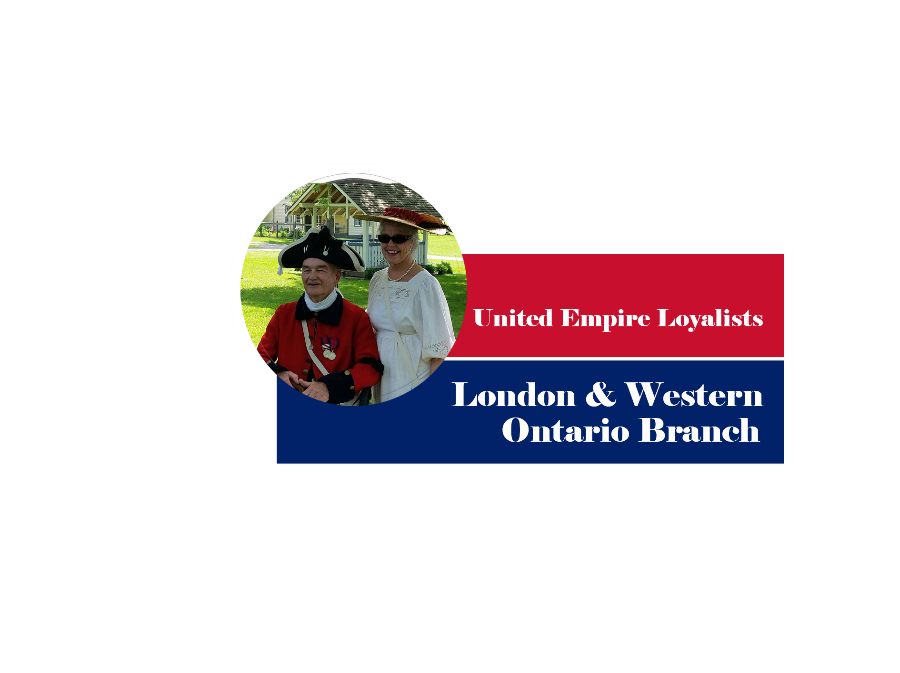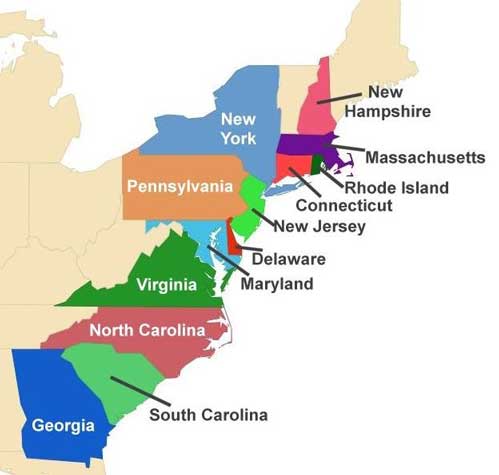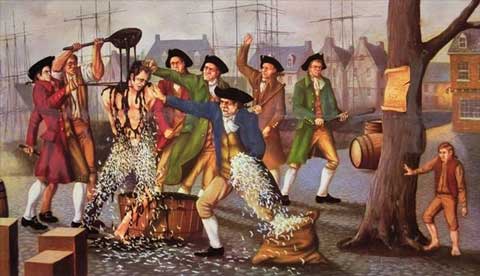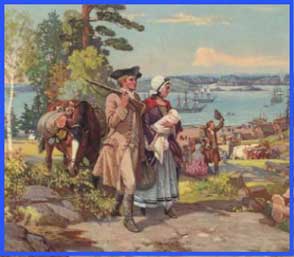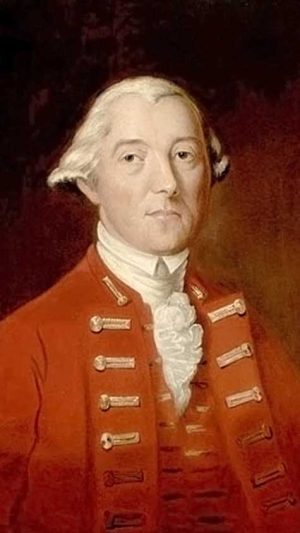The American Thirteen Colonies
You will recall studying history in public school and learning all about Sir Walter Raleigh, discovering tobacco, and about the 13 colonies settled by Britain along the east coast of the United States. Many Loyalists, left Britain and began their new life as American colonist
The American Revolution 1775 - 1783
A number of citizens of the 13 colonies revolted and wanted to establish an independent country separate from Britain. As the name suggests, a portion of the population were Loyalists and did not share the American independence views. Neighbours were pitted against neighbours, and on behalf of Britain, Loyalists took up arms against the Revolutionists. Over 19,000 Loyalists served in militias, attempting to put down the rebellion. However, the last major campaign, under British General Charles Cornwallis, ended in defeat at the the Battle of Yorkton (Virginia) in 1781. Scrimmages continued in New York State for some time, but negotiations between the Crown and the Americans concluded in 1783, resulting in the Treaty of Separation.
